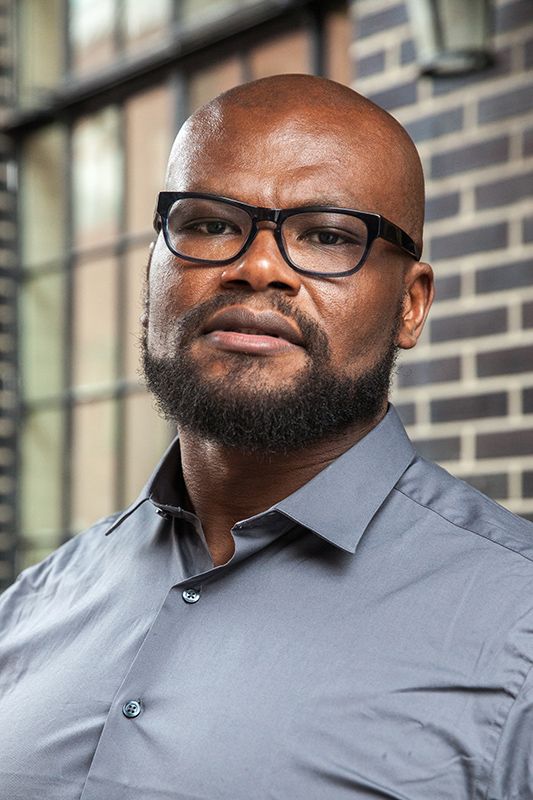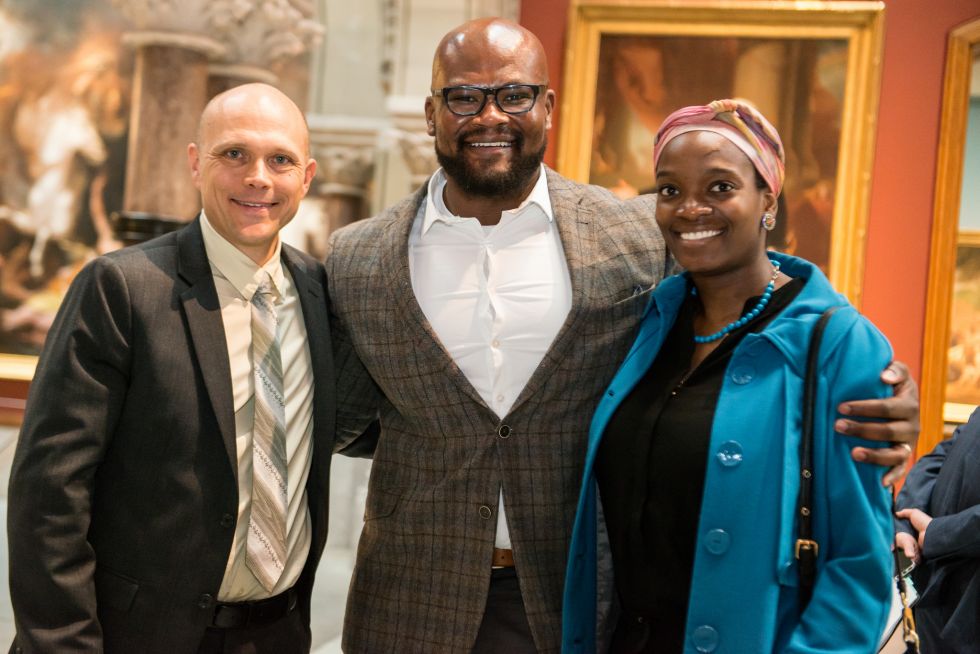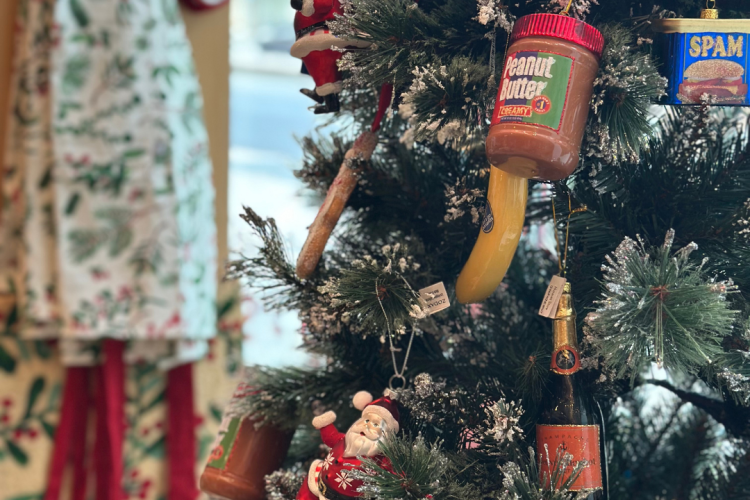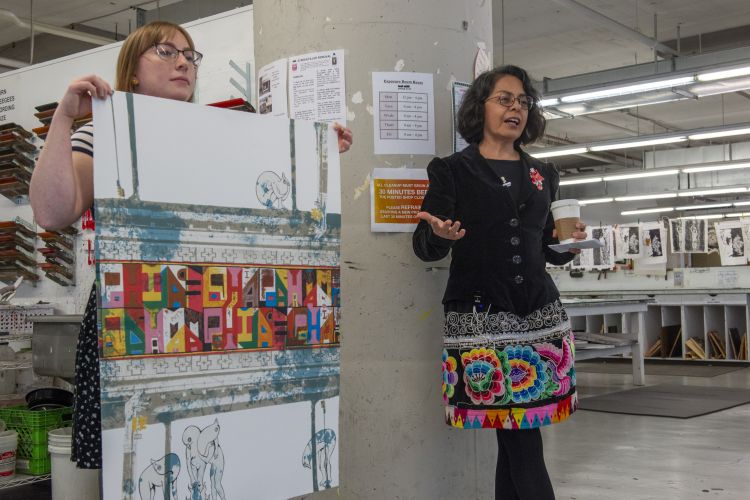STORIES FROM PAFA
An Interview with PAFA’s New MFA Chair Didier William
This fall, Didier William will become the new Chair of PAFA’s MFA program. He brings to PAFA’s two-year, interdisciplinary program an accomplished background, having served as Graduate Critic at Columbia University and Yale University, and Visiting Assistant Professor at Vassar College. Hailing from Haiti, William received his MFA from Yale University School of Art and his BFA from Maryland Institute College of Art (MICA). William’s artistic practice as a painter and printmaker is equally noteworthy, and he has exhibited his work at numerous museums and galleries. William recently shared his academic experiences and his vision for his new role at PAFA.
 What expectations do you have in your new role, and how do you envision the program flourishing?
What expectations do you have in your new role, and how do you envision the program flourishing?
Didier William: PAFA’s MFA program has a deep interdisciplinary focus coupled with a robust painting tradition. I share these values in my own work and I think my practice will complement and contribute to the MFA program quite well. My primary hopes and expectations for my time as MFA Chair are to be able to maintain and even expand strong collaborative bonds between the different parts of PAFA, provide current and incoming students with thoughtful engagement and leadership, and to work closely with my colleagues to continue some of the great work that has begun.
What drew you to PAFA?
DW: I did my own art school training at institutions with long traditions in painting so I’ve always known PAFA to be one of the preeminent schools for such rigorous study. I’ve also followed the development and growth of the MFA program as it forms a unique identity within PAFA. The intimacy, dedicated studio focus, generous dialogue and open format of the MFA program all immediately felt very familiar to me. What ultimately drew me to the school is the strong current of urgency that threads its way through the rich tradition of process, technique, and studio based practices.
How important was your own MFA experience to your artistic development?
DW: My MFA experience was very much about finding the right form for my work. I certainly privileged painting to a great degree but I also allowed myself the critical space to antagonize painting with other media and unconventional approaches as much as possible. I also benefitted greatly from active critique and a kind of generous dialogue in graduate school, and I think in order to provide MFAs with a fulfilling experience we have to at least start there and be open enough to see where the conversation takes us.
Who were some of your teachers, both at Maryland Institute College of Art and at Yale School of Art, who were particularly influential?
DW: I had some incredible mentors, many of whom are now wonderful colleagues and friends. In the painting dept at MICA I worked very closely with Tony Shore, Fletcher Mackey, Jolynne Smail, and Sangram Majumdar. My liberal arts research at the time focused on postcolonial studies, feminist history, and Caribbean women novelists and for those I studied with the incredible Sohelia Ghaussy. At Yale I continued a lot of that intellectual research with Hazel Carby in the American Studies and African American Studies departments. And then in the MFA program I worked closely with Rochelle Feinstein, Sam Messer, Robert Storr, Catherine Murphy, Nicole Awai, and Sarah Lewis.

How do you see PAFA striking the right balance between its rich academic traditions and contemporary art?
DW: I think tradition need not be threatened by new dialogues and unconventional or perhaps even un-nameable form. Artists spend our lives trying to get our work to communicate with a material vocabulary that on our best day we hope is honest and present. That magic can only happen and thrive when supported by an insatiable curiosity for research, reinvention, and investigation. In order to engineer that system in our students and continue to weave it into PAFA’s cultural fabric we need to make critical space for the many, varied, and changing terms that continue to redefine American art.
In what ways do your roles as an educator and administrator complement your own artistic practice?
DW: The rhythm of my studio schedule benefits greatly from the structured academic schedule. Also, particularly with graduate students, their curiosity can be highly contagious, so working with them sometimes encourages some of my own research.
Written by ZP Heller
June 9, 2016
Read more PAFA Perspectives.
We're so excited you're planning to visit PAFA!
Make time for art — visit us Thursday to Sunday.
Before reserving your tickets, please review helpful information about museum hours, accessibility, building access, and special admission programs.
If you have any questions, feel free to reach out to us at visitorservices@pafa.org — we’d love to help!



